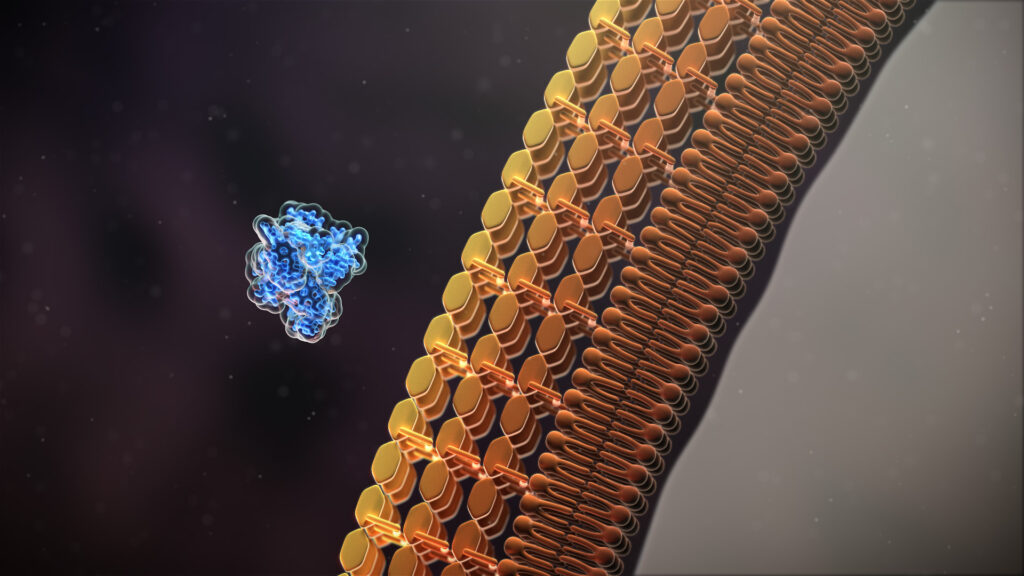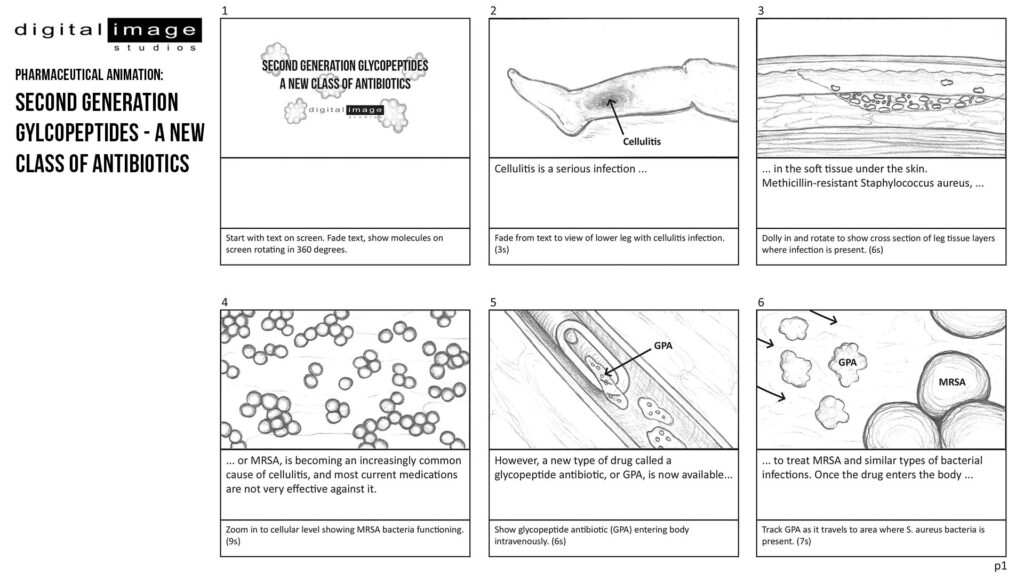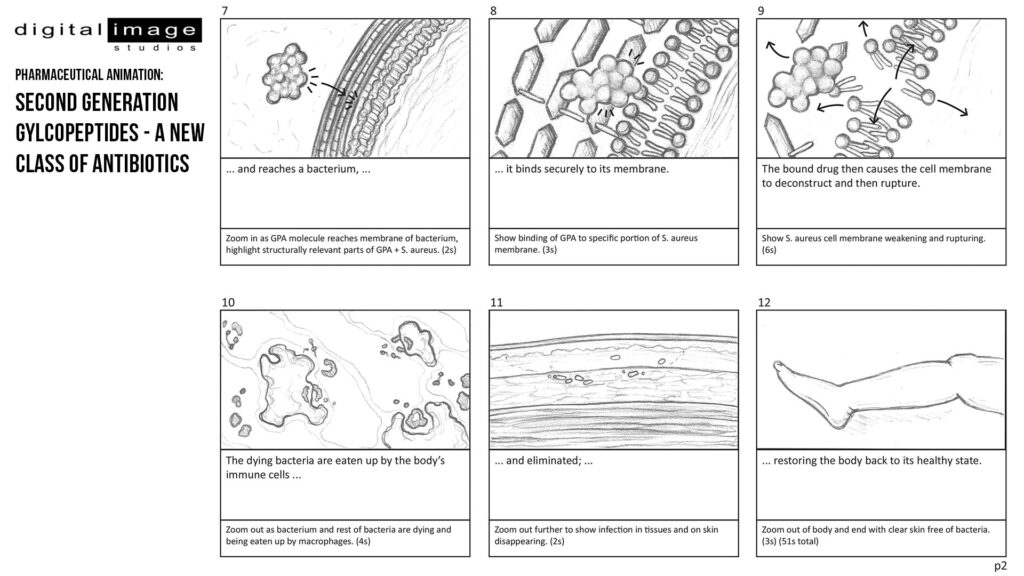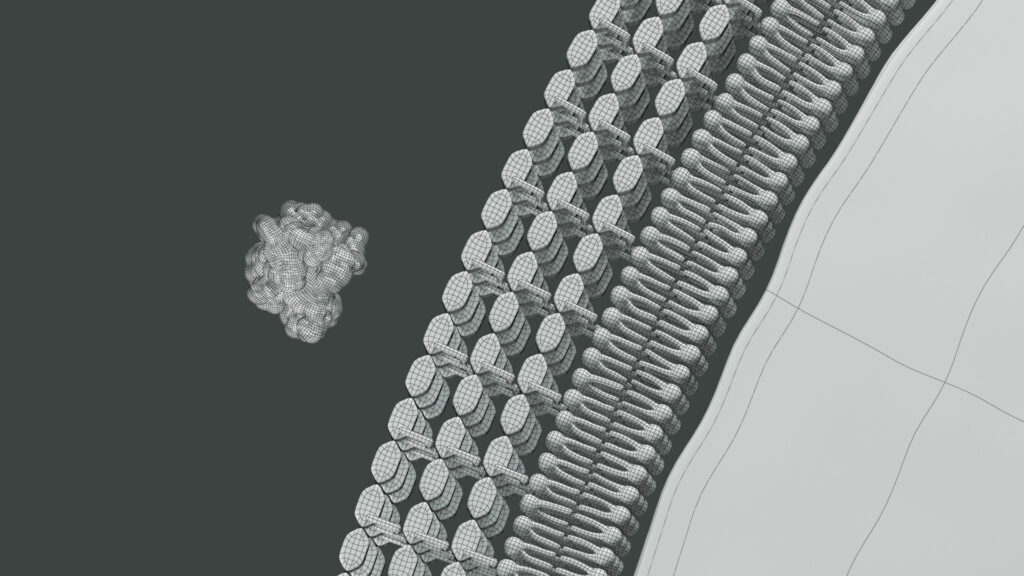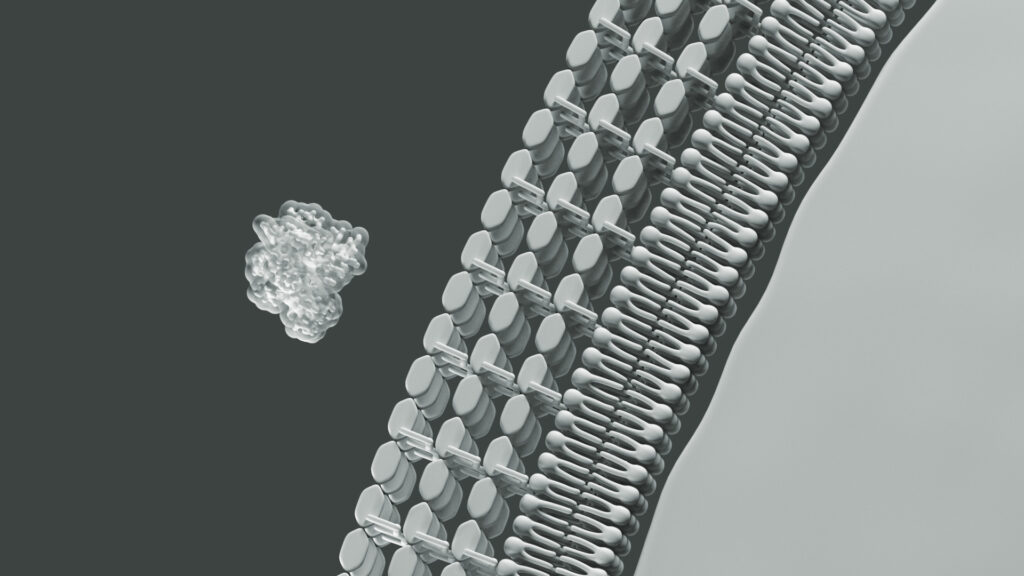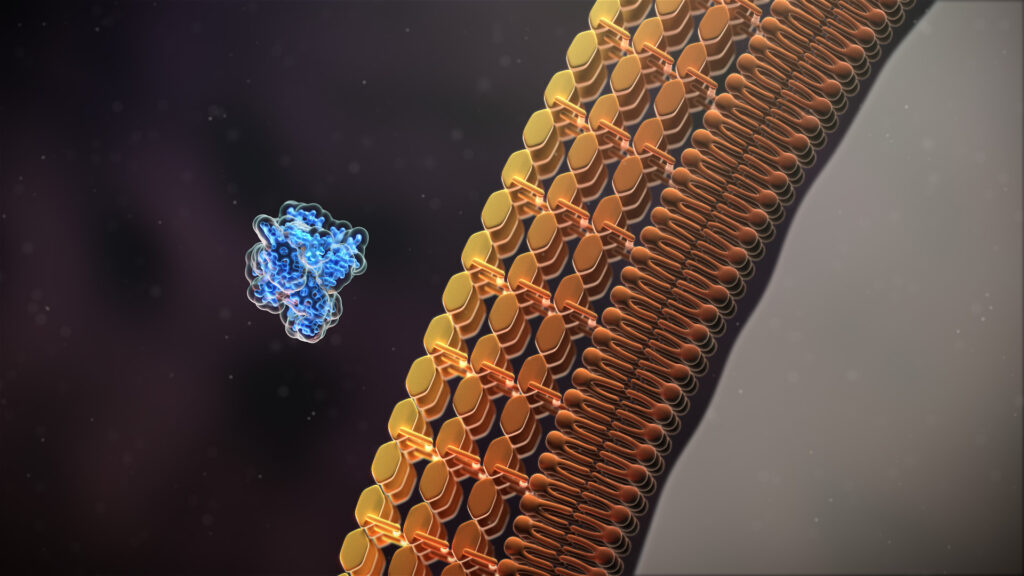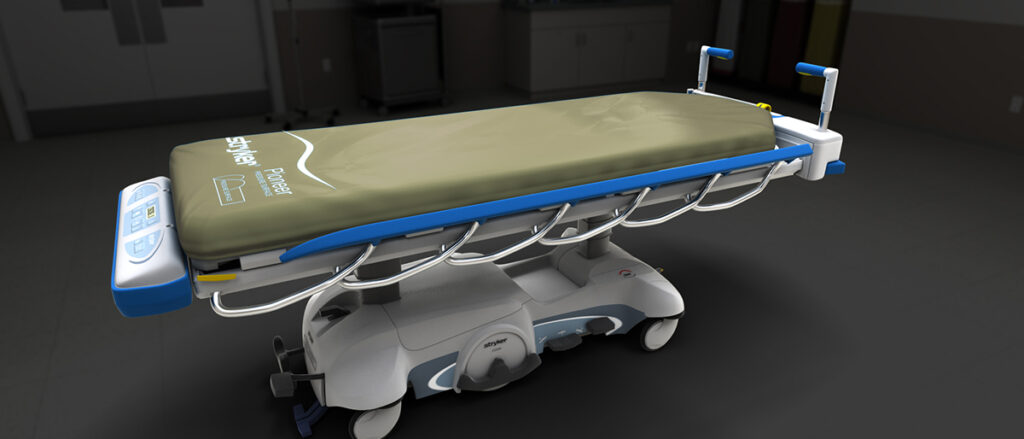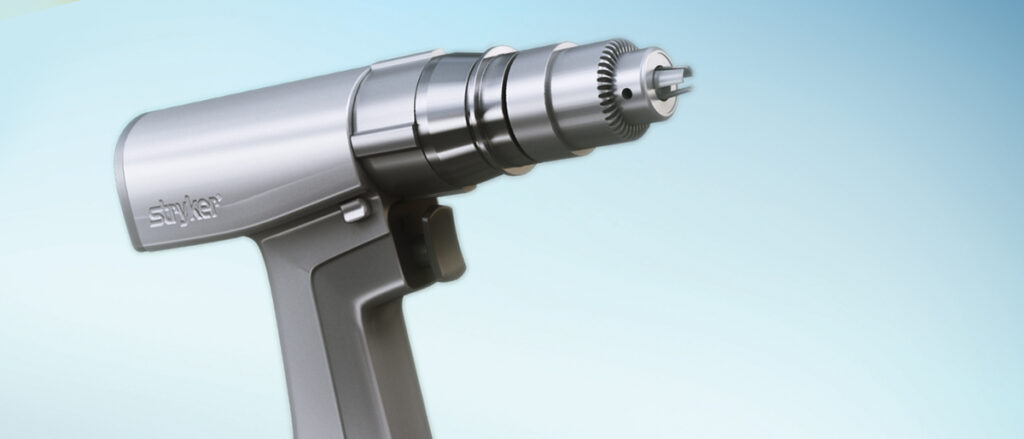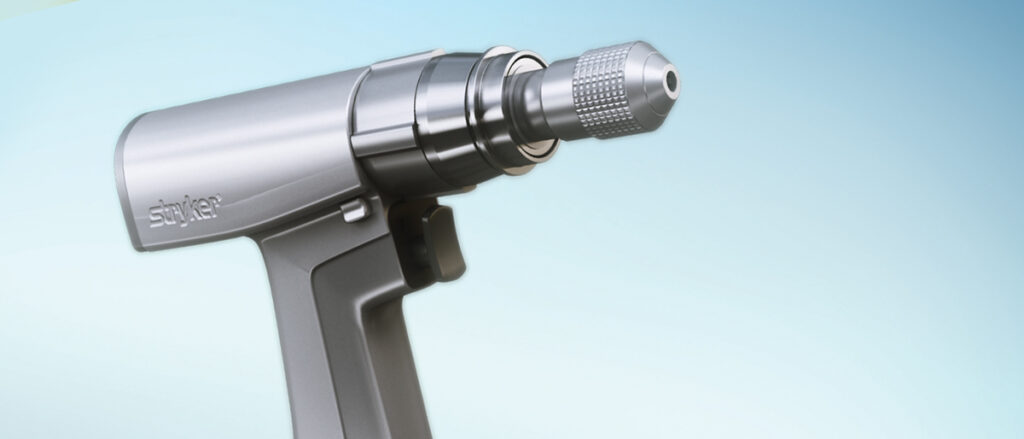In the first post of this two-part guest series, Digital Image Studios discussed how captivating 3D visuals are useful throughout a multimedia marketing strategy. In the follow-up below, they show us what the actual process of creating 3D imagery and animation should look like, and how to make an impact and lasting impression.
Learning the Process
3D computer generated imagery (CGI) and animation are ideal for showcasing product features, procedures or mechanism of action sequences. The best way to start the creation process is to work from an initial concept and plan out the project in as much detail as possible. Like any marketing strategy, the more solid the plan is up front, the smoother the entire process will go. After each major stage in the process, you should review the project to ensure it is progressing properly. Once the main concept is defined, a script is written to determine what needs to be communicated. The script can be used to record voice over (VO) for use in the final piece, or as a reference to time out the pacing of each scene. Storyboards are created to map out scene content and animation flow.
The 3D assets are then developed and the motion of those assets and cameras are set up. Initial renders of all animation sequences are combined together into what is referred to as an animatic. Once the animatic is approved, the final form of each object is solidified and textures, colors and lighting are chosen. Image renders are created and composited together. Visual effects such as glowing edges and depth of field are added, and adjustments to color or contrast are done to enhance depth and realism. Finally, voiceover and music are added to complete the animation.
Click each image below to see this progression.
Transforming Time and Space
Working digitally in 3D is an optimal way to create visual communication tools in today’s dynamic marketing environment. High-quality CGI and 3D animation can capture and highlight the smallest of details in seconds, and can combine accuracy with stunning realism or stylized beauty to deliver information in a way that is both educational and entertaining. For instance, still images of a new surgical device can be rendered from any angle, or animation sequences can be created to highlight intricate biological structures all working in harmony.
How should you decide which type of visuals work best for your marketing campaign? Images work well to display detail and capture important features that would otherwise be missed if shown in real time. Animation is useful to demonstrate functionality or walk an audience through a process that involves several steps in sequence; allowing full control over the speed at which something is shown, while keeping it in its larger context.
See how it all comes together in the video below.
Adapt to Change
Click each image below from left to right to see how 3D visuals can be modified to any specification.
Once created, the benefits of digital 3D assets are endless. Original models can be reused in new contexts or modified to reflect all product variations or new product updates. 3D assets ensure marketing materials are always up to date, regardless of the frequency in which product designs or procedural methods change.
Digital Image Studios is a CGI digital studio and visual technology company. They provide creative solutions for medical marketing using CGI and 3D animation. Learn more about Digital Image Studios’ medical marketing and visualization services at medical.dimage.com.

